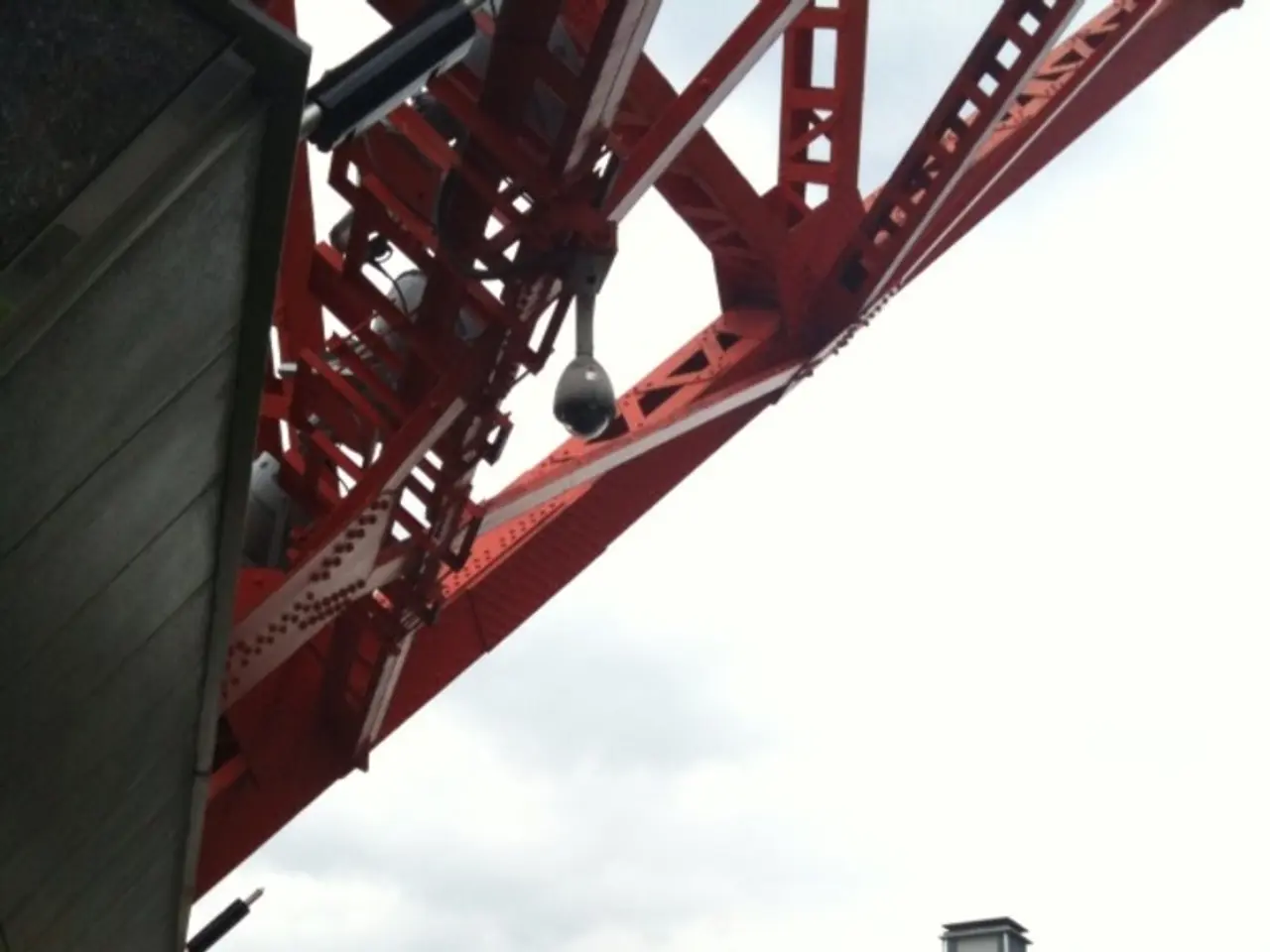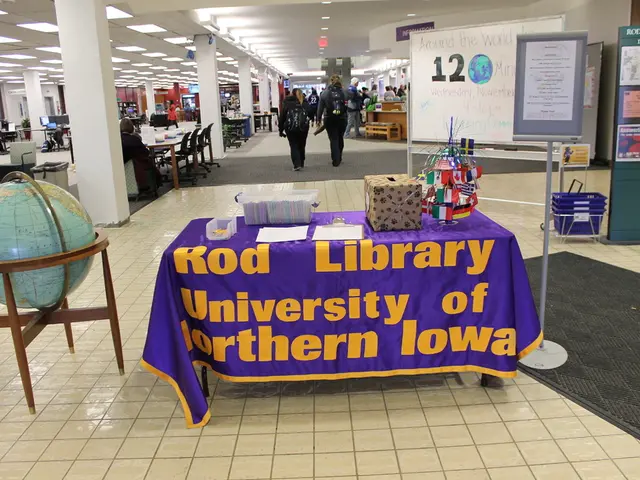City Development and the Struggle for Ideal Transportation Options
India is actively working towards the creation of sustainable, inclusive, and fiscally viable urban transit networks. The focus is on metro rails, electric buses, modern trams, and Regional Rapid Transit Systems (RRTS), with future emphasis also on Regional Rapid Transit Systems.
Currently, metro networks have grown rapidly in major cities like Delhi, Mumbai, Bengaluru, and Hyderabad, becoming a backbone of urban transit. While metro rail provides high-capacity, fast, and relatively low-emission transit, it comes with very high capital costs (₹200-600 crore per km) and long implementation timelines, posing challenges for scalability and fiscal viability.
Indian cities are increasingly adopting electric buses as a cleaner, more flexible alternative to conventional diesel buses. Electric buses support sustainability and reduce urban pollution, fitting into the shift towards greener mobility. However, specific scale and cost-effectiveness details are less highlighted in the sources.
While trams are less widely discussed in the sources, they offer another modern electric transit mode that can be integrated into urban networks to support inclusive mobility and lower emissions. India has not seen extensive tram deployments recently compared to metro and buses.
There is a current strong governmental push to develop high-speed, high-frequency RRTS corridors around major urban centers to reduce city congestion and pollution, especially around Delhi-NCR. These corridors will connect suburbs and satellite towns to city centers, enabling suburban living and boosting productivity. Three corridors are prioritized near Delhi, with plans to expand to Mumbai, Kolkata, Chennai, Hyderabad, and Bengaluru.
Government committees recommend expanding RRTS beyond the NCR to other major cities to create integrated, multimodal transport grids that link metro, buses, and rapid rails for efficient urban-regional connectivity. RRTS aims to reduce inner-city congestion and pollution by enabling longer-distance commuting via fast regional trains.
Metros will continue to grow but face questions about financial sustainability due to their large cost and long development time. The emphasis is on better planning and intermodal integration to improve metro viability. Electric buses and potentially other electric mass transit options will be essential complements to rail transit, addressing local transit needs and inclusivity while balancing sustainability and cost.
India's urban transit strategy is evolving toward multimodal, integrated networks combining metros, electric buses, and rapid regional transit. The strategy aims to sustainability through electrification, inclusion via expanded access, and fiscal prudence by balancing costs and benefits. Expansion of high-speed regional corridors (RRTS) is a flagship future initiative to decongest mega cities and promote suburban-urban connectivity, considered critical given urban population growth and congestion pressures.
While the significant government emphasis and early projects are clear, detailed national data on electric bus fleet size, tram system rollouts, and comprehensive fiscal analyses remain limited in the available sources. Ongoing monitoring will be needed to assess long-term viability and inclusive outcomes across all modes.
In addition to these initiatives, India is projected to add 300 million new urban residents by 2047. To address this growth, gender-responsive design, such as reserving operating subsidies for operators meeting safety KPIs, creating "pink routes" with timed feeder services, and focusing on safety measures for women riders, will be crucial. Kochi is poised to pilot India's first modern light-tram corridor, leveraging offset grant from German KfW and carbon-credit financing.
Furthermore, the Prime Minister's e-DRIVE (2025) initiative targets 14,000 e-buses in nine Tier-I cities, along with 1,10,000 e-rickshaws for feeder services, demonstrating the government's commitment to sustainable urban mobility.
Sources: 1. The Indian Express, 2022. 2. The Hindu, 2022. 3. Business Standard, 2022. 4. Livemint, 2022. 5. Financial Express, 2022.
- The Indian government is working on shaping sustainable, inclusive, and financially viable urban networks, focusing on mains like metro rails, electric buses, and Regional Rapid Transit Systems (RRTS).
- India's rapid urban population growth and congestion pressures necessitate the creation of integrated, multimodal transport grids, incorporating various mains such as metros, buses, and rapid rails.
- The emergence of electric buses offers a cleaner, flexible alternative to conventional diesel buses, supporting the environment and lifestyle shifts toward greener mobility.
- Despite the increasing popularity of metro networks in major cities, their financial sustainability is questioned due to high capital costs and long development timelines.
- Indian cities are yet to see extensive tram deployments compared to metro and buses, with potential for lower emissions and inclusive mobility in the future.
- High-speed, high-frequency RRTS corridors are in development around major urban centers to reduce congestion and pollution, with a focus on Delhi-NCR initially and plans to expand to other cities like Mumbai, Kolkata, Chennai, Hyderabad, and Bengaluru.
- Achieving sustainable urban mobility requires better planning, intermodal integration, and a balance between cost and benefits, with electric buses and other electric mass transit options playing essential roles.
- Ongoing monitoring will be crucial to assess the long-term viability and inclusivity of these urban transit mains across various cities.
- In the public finance sector, the Indian government's commitment to sustainable urban mobility is demonstrated through initiatives like e-DRIVE (2025), which aims to introduce 14,000 e-buses in nine Tier-I cities and 1,10,000 e-rickshaws for feeder services.
- Addressing the expected growth of 300 million new urban residents by 2047 requires gender-responsive designs, such as prioritizing safety measures for women riders and creating "pink routes" with timed feeder services.
- In an effort to promote green mobility, Kochi is planning to pilot India's first modern light-tram corridor with funds from the German KfW and carbon-credit financing.
- Beyond urban transportation, the importance of personal finance in supporting sustainable growth cannot be understated, with financial news sources regularly covering topics like investing, home-and-garden, general-news, education-and-self-development, and business.
- As technology advances, artificial intelligence is playing a significant role in various industries, from business to sports-betting, healthcare, cybersecurity, and even sports-analysis.
- In the fashion-and-beauty and lifestyle sector, the connections between consumer choices and environmental impact are becoming more apparent, pushing brands to make sustainable choices.
- Data-and-cloud-computing and technology are transforming industries like sports, cars, travel, and even relationships through innovations in gadgets and emerging solutions.
- The sports industry is diverse, encompassing all kinds of sports events like football, baseball, hockey, golf, basketball, racing, tennis, and mixed-martial-arts, with constant analysis, betting, and updates on various platforms.





